The 15 Best Plants to Grow Next to Tomatoes
These are perfect neighbors for your tomato plants.
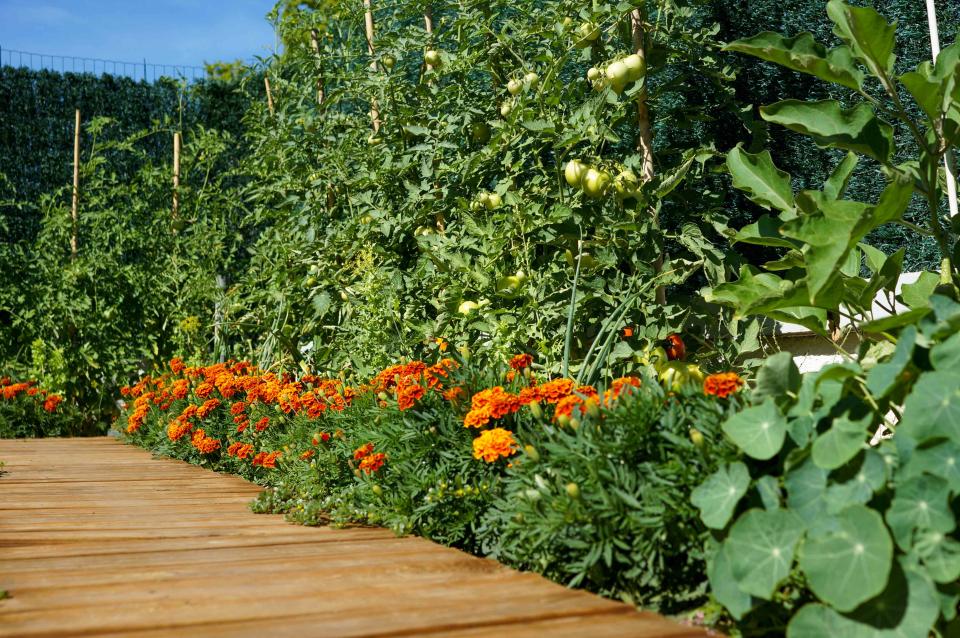
Icy Macload/Getty Images
Companion planting has become a big gardening buzzword, with people often looking for plants that benefit each other when they're planted together for the best possible growth for their gardens. And with tomatoes cropping up in just about every gardener's plot, you're probably wondering what the best plants to grow next to your tomatoes are.
Related: A Full Guide to Companion Plants for Your Garden
You're in luck! There are a ton of wonderful plants that grow beautifully alongside your tomatoes—allowing each plant to help grow and thrive. (And bonus: Many of them taste delicious with your tomatoes, too!)
Benefits of Companion Planting for Tomatoes
Choosing the best plants to grow next to your tomatoes isn't just about aesthetics. The right companion plant will provide one (or many!) benefits for your tomatoes:
Soil improvement Some plants will help aerate the soil or draw in nutrients that benefit your tomato plants.
Weed and moisture control Ground cover plants can work like mulch for your tomato plants and help reduce weed growth and keep the soil from drying out.
Pest control The right plants can repel common pests from your tomatoes, either by repelling them altogether, or serving as a "trap crop" that is even more attractive to certain pests. These companion plants can also attract predator insects that will feast on any pests that get past them.
Pollinator attraction Plants that attract pollinators will bring bees, birds, and butterflies to your tomato plants, and help increase your yield.
The Best Plants to Grow Next to Tomatoes
Basil
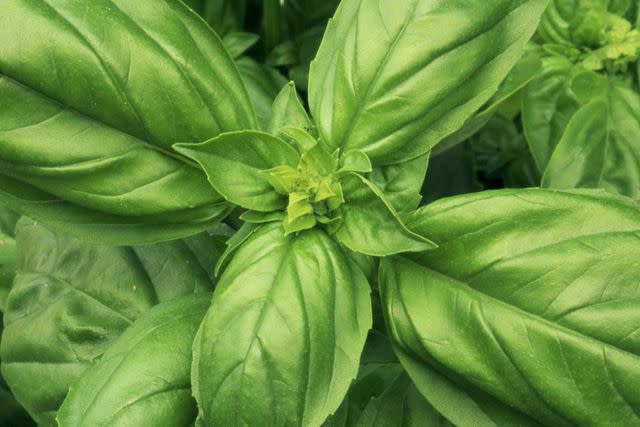
Basil is not only the perfect culinary companion for your tomatoes—it's also great to plant nearby them, thanks to their strong scent. "If you have problems with tomato hornworms, plant something like basil or another fragrant herb," says Theresa Rooney, master gardener for Hennepin County in Minnesota and author of The Guide to Humane Critter Control: Natural, Nontoxic Pest Solutions to Protect Your Yard and Garden. "Tomatoes have a strong smell which attracts the moths who lay the eggs. You'll confuse the moth with a stronger smell."
Crimson Clover

Getty Images/Jason Harris
Field of crimson clover in Hillsboro, Ore.Clover makes a great ground cover under many crops, as it can work a bit like mulch, crowding out weeds. It also is what's called a "nitrogen-fixing plant," which pulls nitrogen from the atmosphere and sends it into the soil, which can help fertilize your tomato plants and help them thrive. And it also attracts bees and other pollinators with its bright blooms, so it can help increase your tomato crop.
Related: How to Grow a Clover Lawn—and Why You'll Want One
Borage
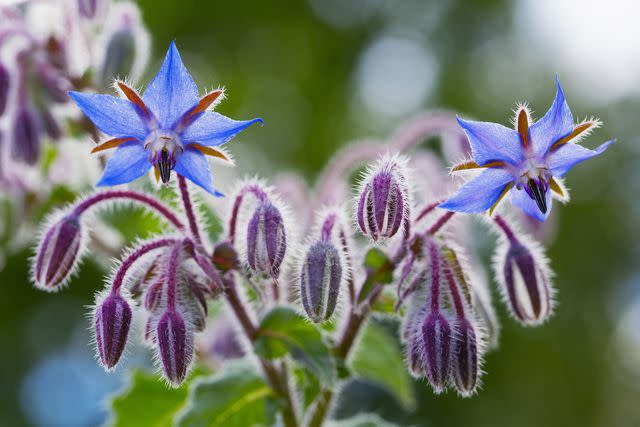
This underutilized (and very pretty) herb plant operates on several levels to support your tomato plants. It attracts pollinators to your garden—and attracts hornworms, so it can keep these common tomato pests off of your plants.
Nasturtium
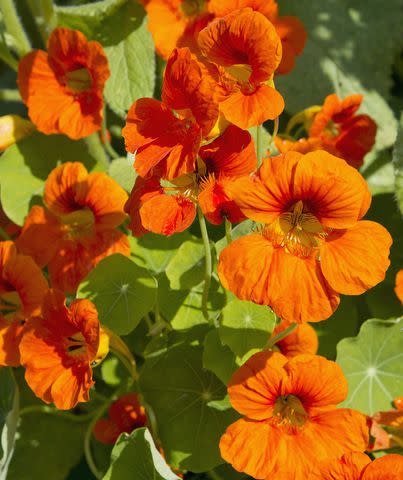
Nasturtium not only looks gorgeous planted around your tomatoes, it can serve a dual purpose for helping them out—both as a ground cover to help protect the soil around your tomato plants, and as an attractant for a common tomato pest. "If your tomatoes get flea beetles, plant nasturtium near your tomato plants as a 'trap crop,'" Rooney says. "The beetles will go there first."
Related: Edible Flowers You Can Grow in Your Garden
To work, you have to plant the nasturtium close to the tomato plants, so the flea beetles can easily transfer over—you don't want them several feet away. And keep in mind that the nasturtium may take some damage from the flea beetles, though that'll keep them away from your tomatoes.
Note that nasturtium is a stellar edible flower, which will make an excellent addition to a tomato-based salad.
Alyssum
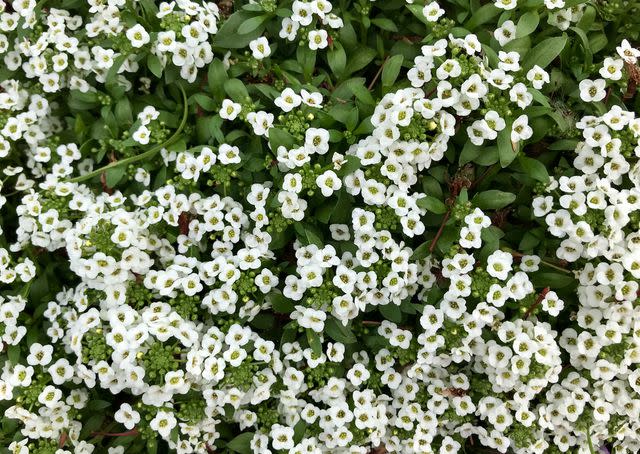
This pretty ground cover attracts an array of predator bugs, such as soldier flies and lady bugs, that can make quick work of any pests that are attacking your tomatoes—including both flea beetles and tomato hornworms.
Lettuce
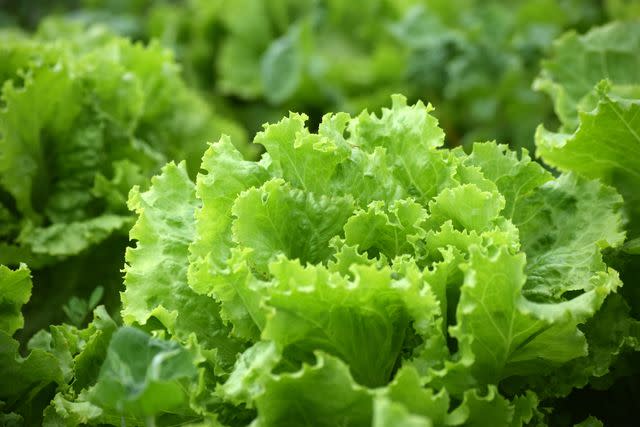
If you're tight on garden space, consider planting lettuce right beneath your tomato plants. The lettuce will thrive in the shade your tomato plant creates, and the tomatoes will love the ground cover that helps keep the soil moist and weed free.
(And bonus: You have all the salad fixings right together to harvest!)
Dill
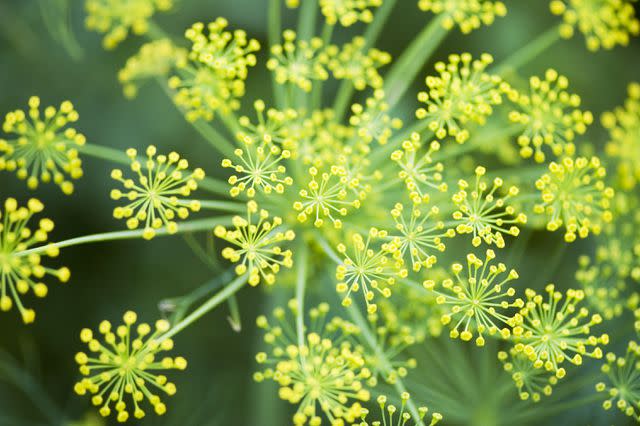
If you're looking for another trap crop to help keep pests off of your tomato plants, dill will do the deed by enticing tomato hornworms away from your tomato plants. But you'll want to remove the dill once it grows full sized, as it'll pull nutrients from your tomatoes at that point and slow their growth.
Squash
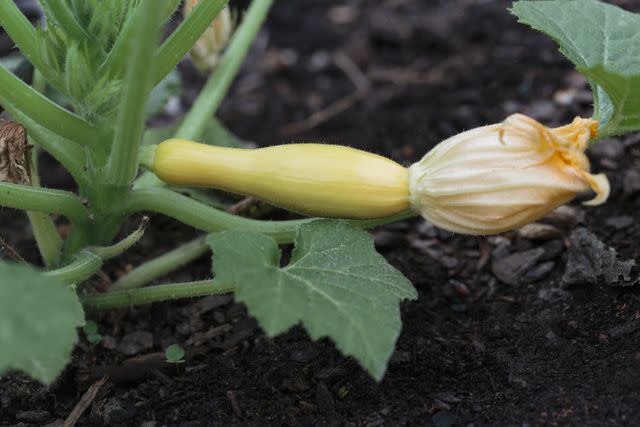
Smartstock / Getty Images
"A squash plant can act as mulch for your tomatoes, and cover like mulch," Rooney says. That'll help keep the soil moist and reduce weed growth near your tomatoes. It's a perfect way to use every inch of space in a small garden.
Related: 24 Easiest Vegetables, Fruits, and Herbs to Grow for Beginners
Carrots
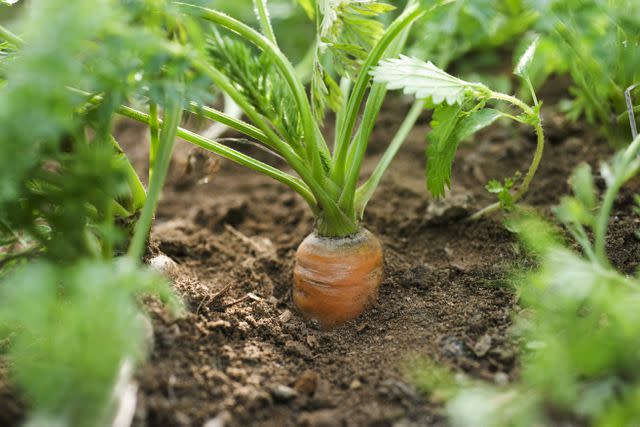
Carrots and tomatoes are an interesting garden pairing. Tomato plants help shade the more delicate carrot plants, while as carrots grow, they help loosen up the soil to make it easier for a tomato plant's roots to grow.
Marigolds
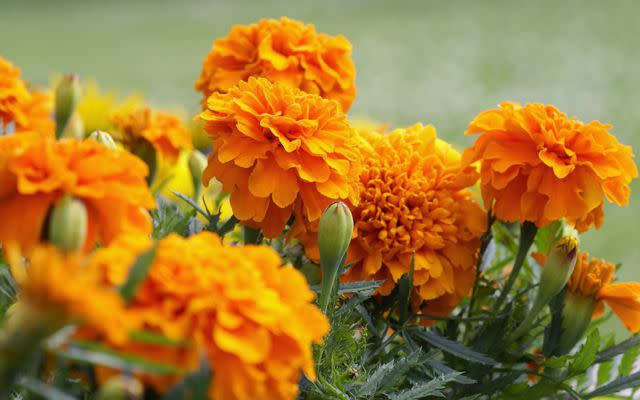
Getty Images/schnuddel
Marigolds are strongly scented enough to deter pests like rabbits and deer. Plant them in a tight circle surrounding your tomato plants to help keep pests at bay, Rooney says.
Chives
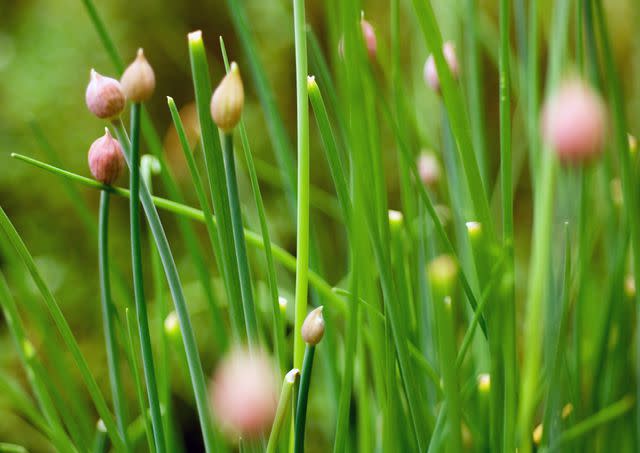
If you're looking for plants that not only thrive together but taste delicious together, chives and other allium plants (like onions) can be the perfect companion plant to your tomatoes.
Sage
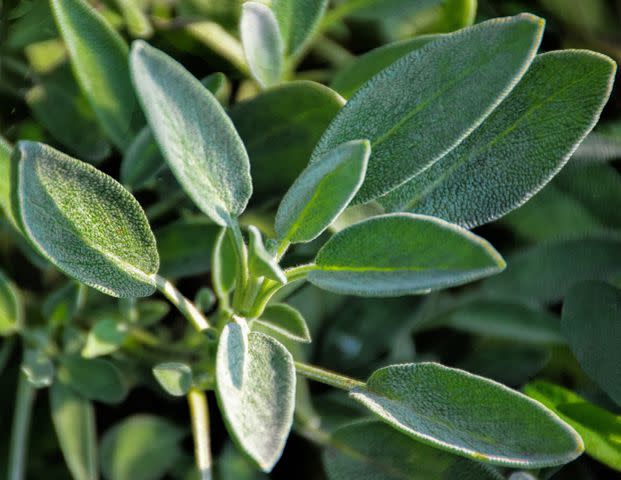
Norma Murace Melia/EyeEm/Getty Images
Count sage in the class of strong-smelling herbs that'll help repel common tomato plant pests like flea beetles. And if you let your sage plants go to bloom, they'll help attract pollinators, too.
Related: 4 Herbs You Should Always Plant Side-By-Side
Oregano

Oregano is a multi-purpose benefactor to your tomato plants (and will taste absolutely epic when paired with them in tomato dishes). Oregano attracts predatory bugs like the ladybugs and the green lacewing, and helps repel potential pests. Once it goes to flower, the blooms will help attract pollinators to the area, too.
Sunflowers
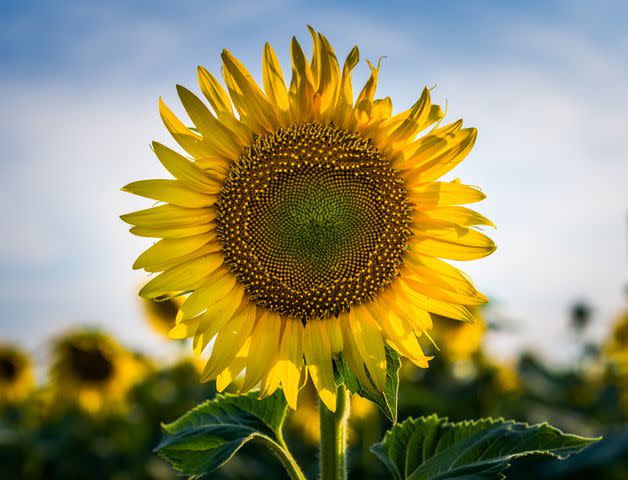
Getty Images
Nothing says summer like sunflowers and tomatoes. Planting sunflowers near your tomatoes can serve several different purposes. Sunflowers attract pollinators, help shade the soil to reduce moisture loss, and they attract stink bugs, keeping them away from your tomatoes.
Parsley

Parsley works as another trap plant for tomatoes, drawing aphids away from your tomato plant, and also attracting beneficial bugs like lady bugs and hover flies that'll feast on the aphids.
For more Real Simple news, make sure to sign up for our newsletter!
Read the original article on Real Simple.


